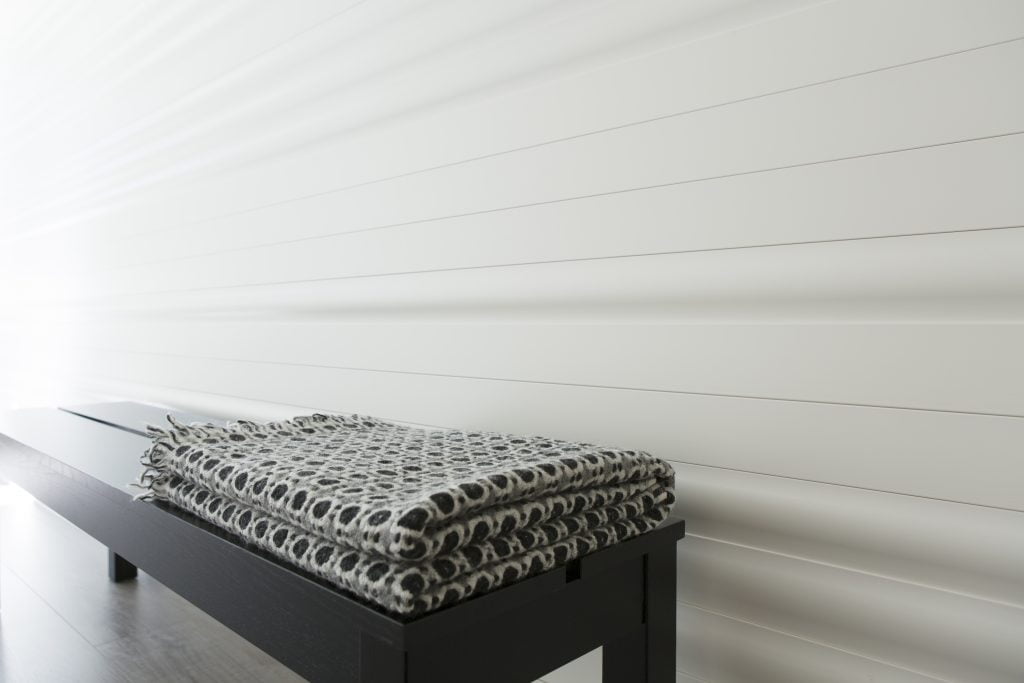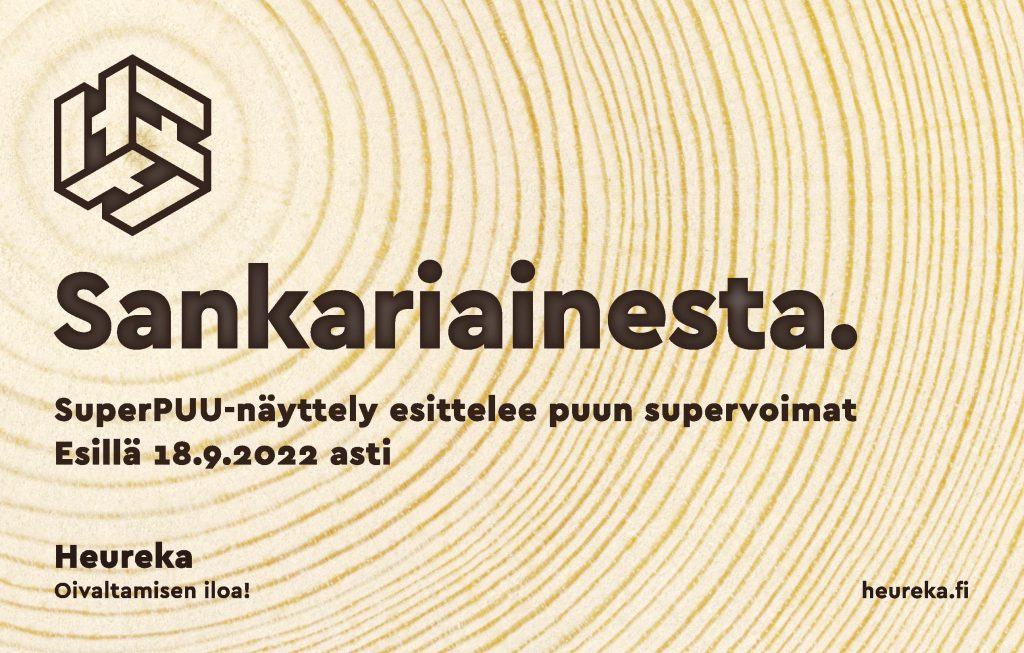Wooden materials have a positive impact on human emotions

The article has been published in June 2021 in Wood magazine 1/2021.
Read the article in Finnish: Puumateriaali vaikuttaa myönteisesti ihmisen tunteisiin
Text: Mia Heiskanen
The Natural Resource Institute Finland and Tampere University’s Biomedical Measurements, Devices, and Systems unit and Production Economics unit collaborated on the interdisciplinary Wood for Good (W4G) research project to verify wood’s positive impact on people’s well-being. This project was lead by Senior Scientist Riina Muilu-Mäkelä. When test subjects worked in wood rooms, their negative feelings and irritability went down and their energy levels and their ability to feel refreshed went up.

Wood is considered to be a material that promotes health and gives people a feeling of being refreshed. Everyone more or less agrees that wood has a pleasant scent and that wooden surfaces feel warm and natural. The Finnish wood products industry has long used these arguments to promote the idea of wood’s positive impact on people’s well-being. The literature does include support for these claims, but there has been no strong scientific evidence. To provide the required scientifically validated research data to verify wood’s impact on people’s well-being, a carefully designed experimental design was needed. This gave birth to the Wood for Good research project, and the project’s empirical test design has now produced clear results.
A proper research design
The study used two office rooms, with one being a so-called wood room. Pine wood was used to make half of one room’s interior, while the other room had painted drywall and vinyl composition flooring as its surface materials.
– We set out to create an empirical test setup with two pleasant spaces, with the only difference being the wooden materials. We didn’t want to create a setup where we compared a cold, clinical space with a wood space as it would not have been fair, says Muilu-Mäkelä.
The study had 61 test subjects, each of whom visited the rooms used in the study three times in random order. The test subjects conducted a series of tasks on computers in the rooms, including marking work, measuring attentiveness, and answering psychological questions on emotions. The questions measured the test subjects’ ability to recuperate in addition to their energy levels and their positive and negative feelings. As part of the test series, the test subjects performed the attentiveness task twice. The team also collected physiological measurements and so-called “stress level” info from test subjects. An ECG meter (Bittium Faros) and a Moodmetric smart ring for measuring the electrical conductivity of the skin (Vigofere Oy) were used. The test subjects used the rings for two weeks, which covered the entire time between study visits.
– This was our way of measuring how materials used in people’s work environment affected the balance of activity of the sympathetic and parasympathetic parts of their autonomic nervous system. In effect, we determined whether the body was more at rest or more active in different environments at different stages of the series of tasks.
The surprising stimulating effect of wooden materials
Muilu-Mäkelä admits that the research results surprised her. – I did not think that the stimulating effects of wooden materials would be strong enough for a clear difference to be visible between the study rooms. The results demonstrated that the negative feelings of the test subjects were lower in the wood room throughout the series of tasks. Subjects felt that their energy levels were higher when they entered the wood room. In addition, the meter indicating how refreshed they felt had better readings in the wood room.

– When the test subjects were engaged in work requiring a lot of thought, we did not detect any physiological differences between the rooms. However, the differences became more pronounced during the rest period after the task, when the environment influenced them. After the rest period, the test subjects performed the task requiring vigilance again. In this case, there were a slightly lower number of errors in the wood room. The physiology of the test subjects was more inclined to the sympathetic side of their nervous system in the wood room during and after the rest period. This led us to conclude that the alertness, meaning the level of physiological activity, of the test subjects was higher in the wood room during and immediately after rest period. This resulted in better alertness. The series of tasks increased the irritability of the test subjects in both rooms, but the level of irritability was lower in the wood room at the end of the test.
– Thus, all psychological evaluations showed that wooden materials have a positive effect on people.

Sales arguments for wood products based on new research data
However, Muilu-Mäkelä notes that the W4G study did not measure labour productivity.
– We can surmise from the research results that investments by employers in the work environment have a positive effect on employees, which can be reflected in productivity at work. However, additional research would be needed to determine the extent to which the positive impact of design and material choices increases labour productivity in different kinds of tasks with different levels of productivity.
– Hopefully, research results carried out with adequate repeat measurements and numbers of test subjects and verified by validated measurements will now give companies in the wood products industry an edge for their sales arguments. At least companies now have research available that they can refer to in their marketing, Muilu-Mäkelä says.

- Read the whole Wood magazine 1/2021.
- The next magazine will be published in October 2021. Subscribe it now.
- Articles selected by Wood Magazine advertisers are published as e-articles in addition to the print magazine.
